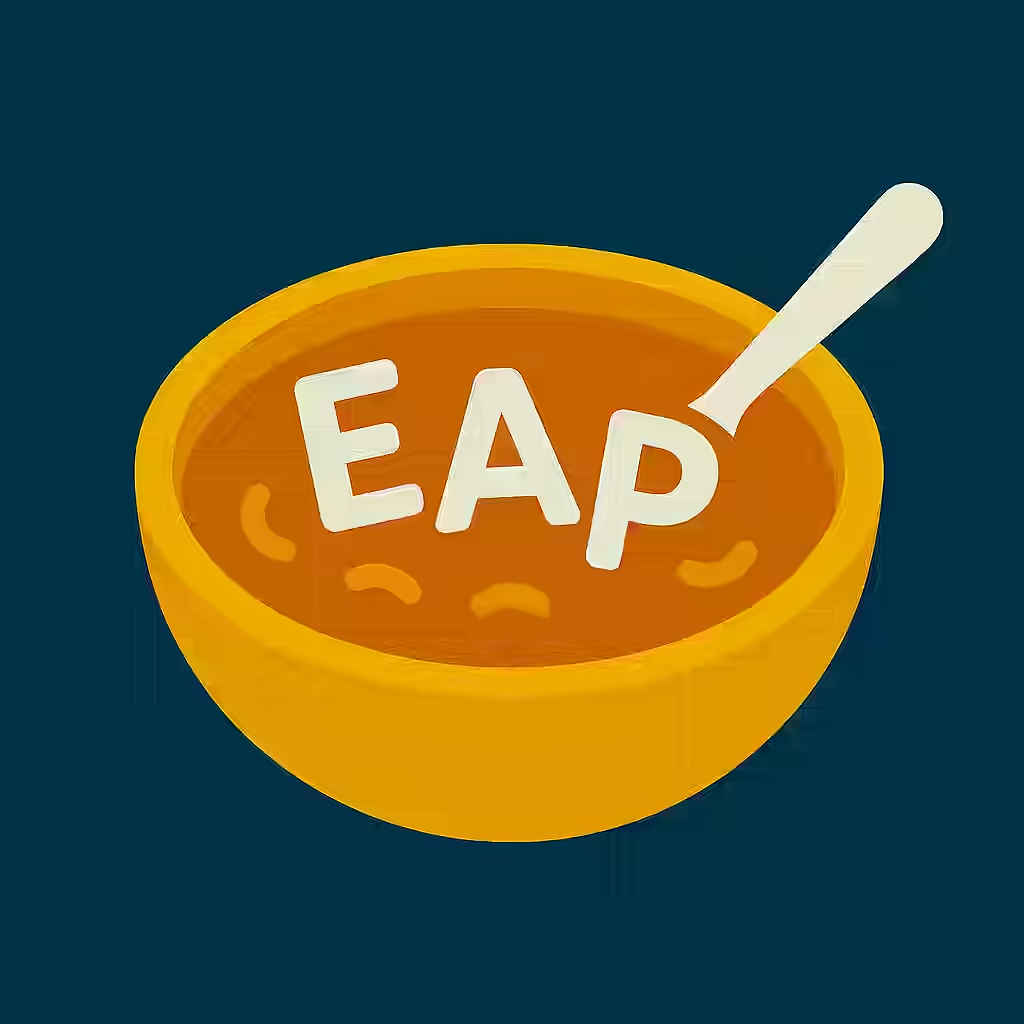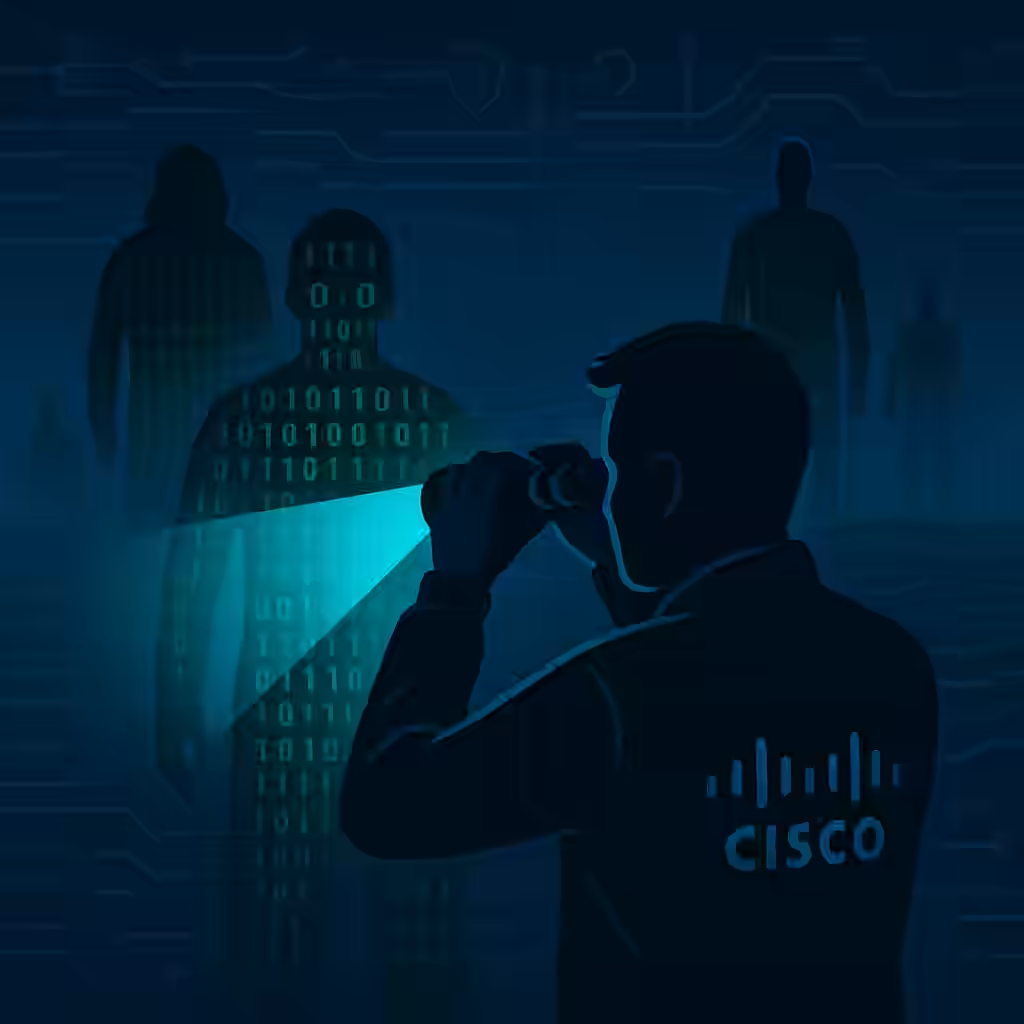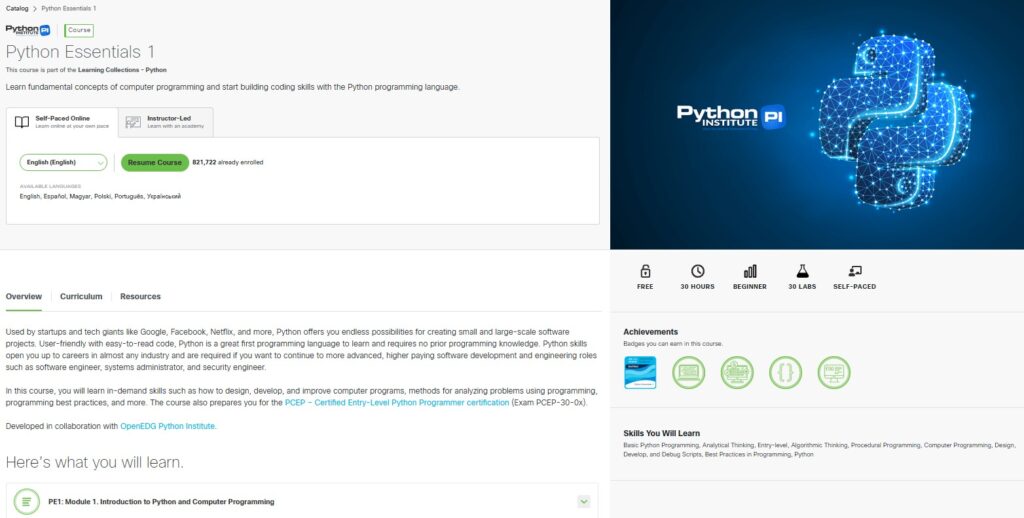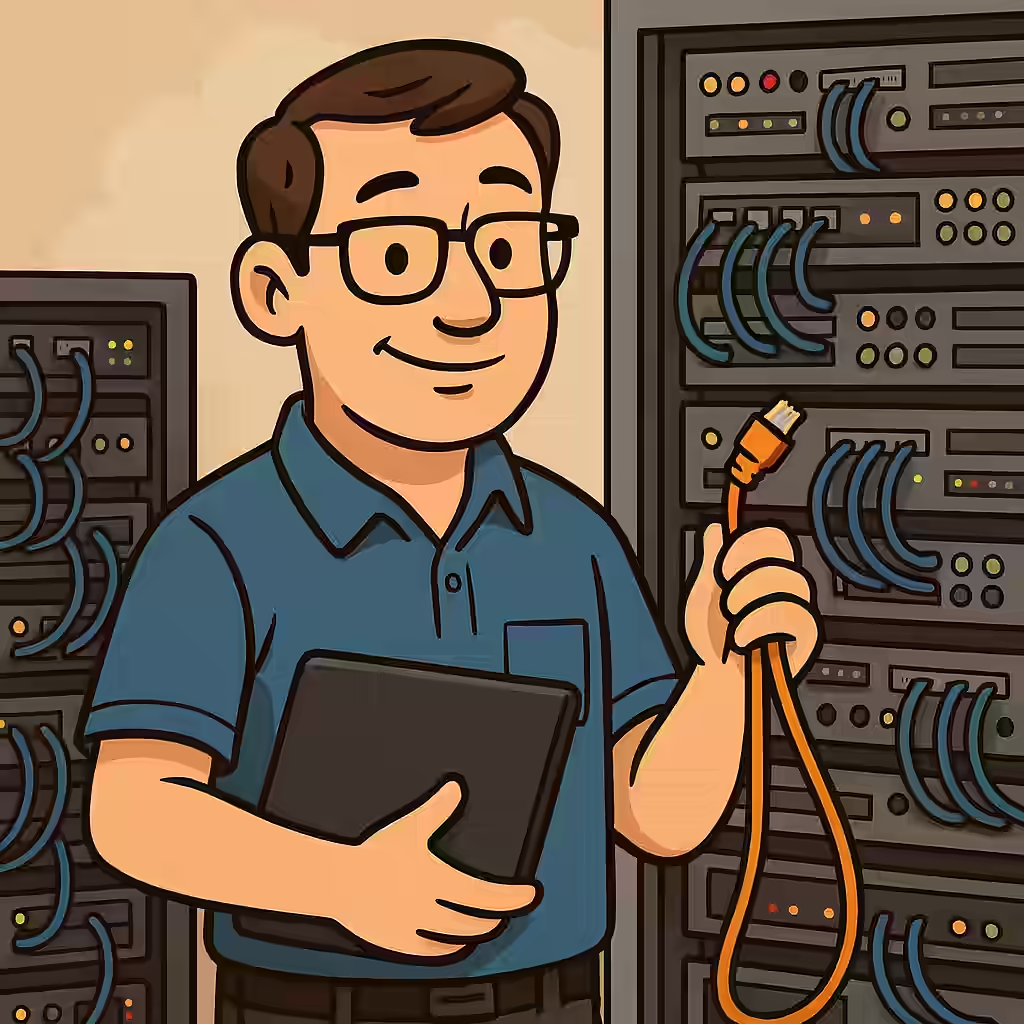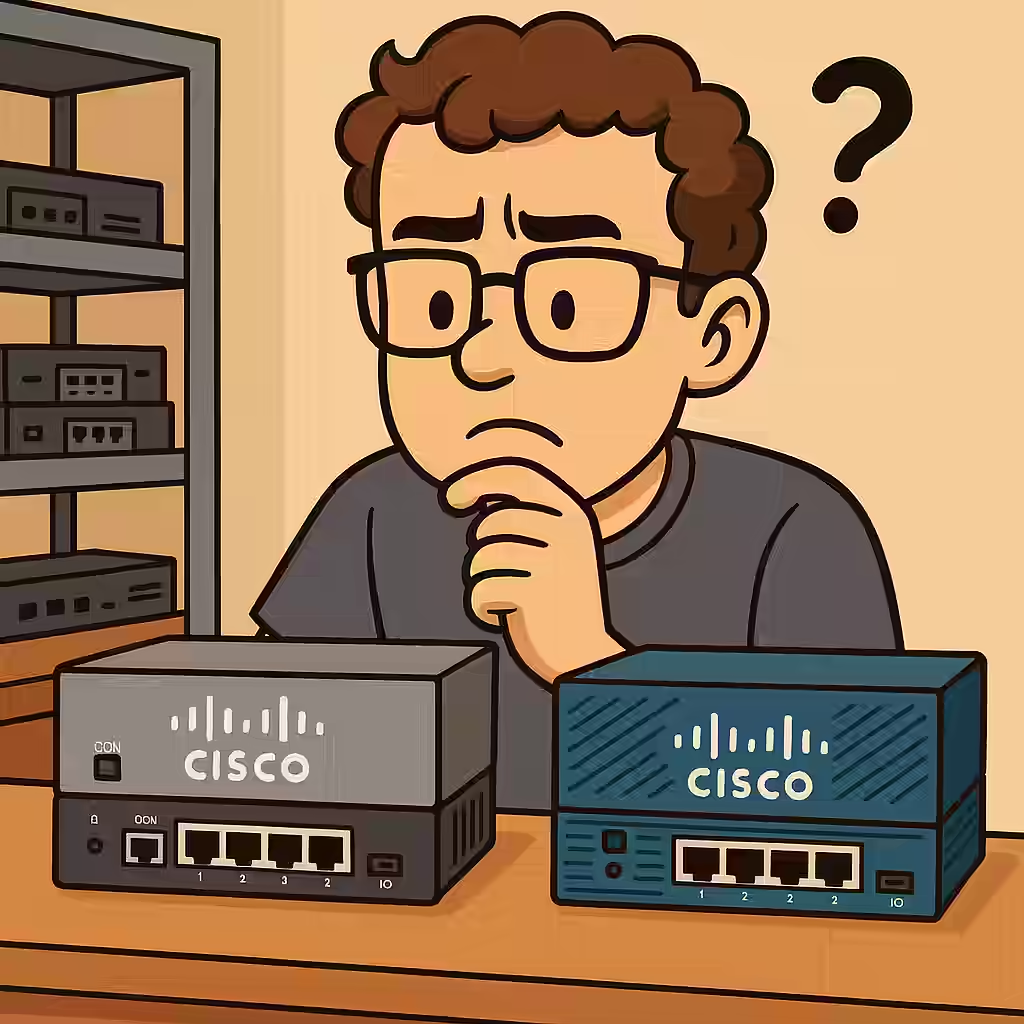While preparing for my CCNP exam, I spent quite a bit of time lurking and reading through Reddit discussions. Trust me, the questions people ask there are the same questions I had in my head—but some are things I didn’t even think of until I saw them! So, I decided to put together this fun yet practical blog based on the top questions I stumbled upon, along with my personal take on them. Hopefully, this saves you some time and gives you that extra push toward passing the exam!
1. Which Topics Are Often Underestimated?
When I started studying, I thought BGP and OSPF would just be review material—how wrong I was! These topics go deeper than you expect, especially with all the advanced path selection stuff and area types. Also, I found that VRF and SD-WAN concepts weren’t getting the attention they deserve in most study materials.
My Advice: Don’t skip over these just because you’ve touched them before. Give them the time they deserve and dig into real-world configurations if you can.
2. What Are the Hardest Exam Topics?
For me, automation and wireless concepts were the trickiest. Python scripting and JSON sound easy in theory, but applying them to network automation had me scratching my head. And when it comes to wireless, things like RF power, SNR, and roaming principles threw me off initially.
My Advice: Spend extra time doing hands-on practice for these areas. Trust me, reading alone won’t make it click—you need to see it in action.
3. Are Practice Exams Really That Close to the Real Thing?
Honestly, practice exams are helpful, but don’t expect the actual exam to be a copy-paste of what you practiced. Some questions will feel familiar, but the exam throws in curveballs that make you think deeper.
My Advice: Use practice exams to figure out your weak spots, but don’t fall into the trap of memorizing answers. Understand the “why” behind each solution.
4. What Study Resources Work Best?
I tried almost everything—the Official Cert Guide, YouTube tutorials, and practice exams. What really helped me were labs. I used Cisco Modeling Labs and some old equipment I had lying around. Whitepapers also helped fill in the gaps, especially for newer technologies like SD-WAN.
My Advice: Mix up your resources. Don’t rely solely on books. Get your hands dirty with real configs, even if they’re virtual labs.
5. How Should I Time My Exams?
One big question I had was whether I should take ENCOR and my concentration exam back-to-back or spread them out. I’ve decided to take a small break after ENCOR before tackling my specialization. It’s just too overwhelming to rush both, and I want to make sure I’m well-prepared.
My Advice: Don’t rush it. You have three years after passing ENCOR to finish your concentration exam. Use that time wisely.
6. Should I Worry About Exam Changes?
At first, I panicked when I heard about potential changes in the exam content. But after digging deeper, I learned that if you pass ENCOR now, it still counts even if changes happen later. You can always take the concentration exam afterward.
My Advice: Don’t let fear of changes rush you into taking the exam unprepared. Study at your pace and stay updated on announcements.
7. Is the Official Cert Guide Enough?
This is the most popular question, and my personal answer is: absolutely not! It’s a great starting point, but if you rely on it alone, you’ll feel blindsided during the exam.
My Advice: Treat the Cert Guide like a checklist, not a complete solution. Supplement it with labs, whitepapers, and online study groups.
8. How Important Are Hands-On Labs?
If I had skipped labs, I’m 100% sure I wouldn’t understand half of the topics properly. Labs taught me things no book ever could. You don’t really understand protocols like OSPF or BGP until you break them and fix them yourself.
My Advice: Do labs as much as you can. Even if you don’t have real hardware, virtual labs will do the job.
9. What’s the Biggest Mistake People Make During the Exam?
Time mismanagement. I’ve read so many posts from people who got stuck on early questions and had to rush through the last part of the exam.
My Advice: If you don’t know the answer, mark it and move on. Come back to it later if you have time. Also, practice managing your time during mock exams.
10. How Do You Stay Motivated?
Honestly, it’s tough. There were days I felt like quitting. What helped me was setting small, achievable goals and rewarding myself after hitting them—whether that meant a cheat meal, a night off, or just watching a movie guilt-free.
My Advice: Find what motivates you, and don’t be afraid to take breaks. Burning out will only delay your success.
Final Thoughts
Preparing for the CCNP exam isn’t just about passing a test; it’s about becoming a better, more confident network engineer. If you’re reading this, know that I’m right here on the same journey. Stay consistent, don’t be afraid to struggle, and keep pushing forward. One day, we’ll be looking back at this with that shiny CCNP badge under our names. And believe me—it will all be worth it.
Ready to dive back into the labs? Let’s get it done!



